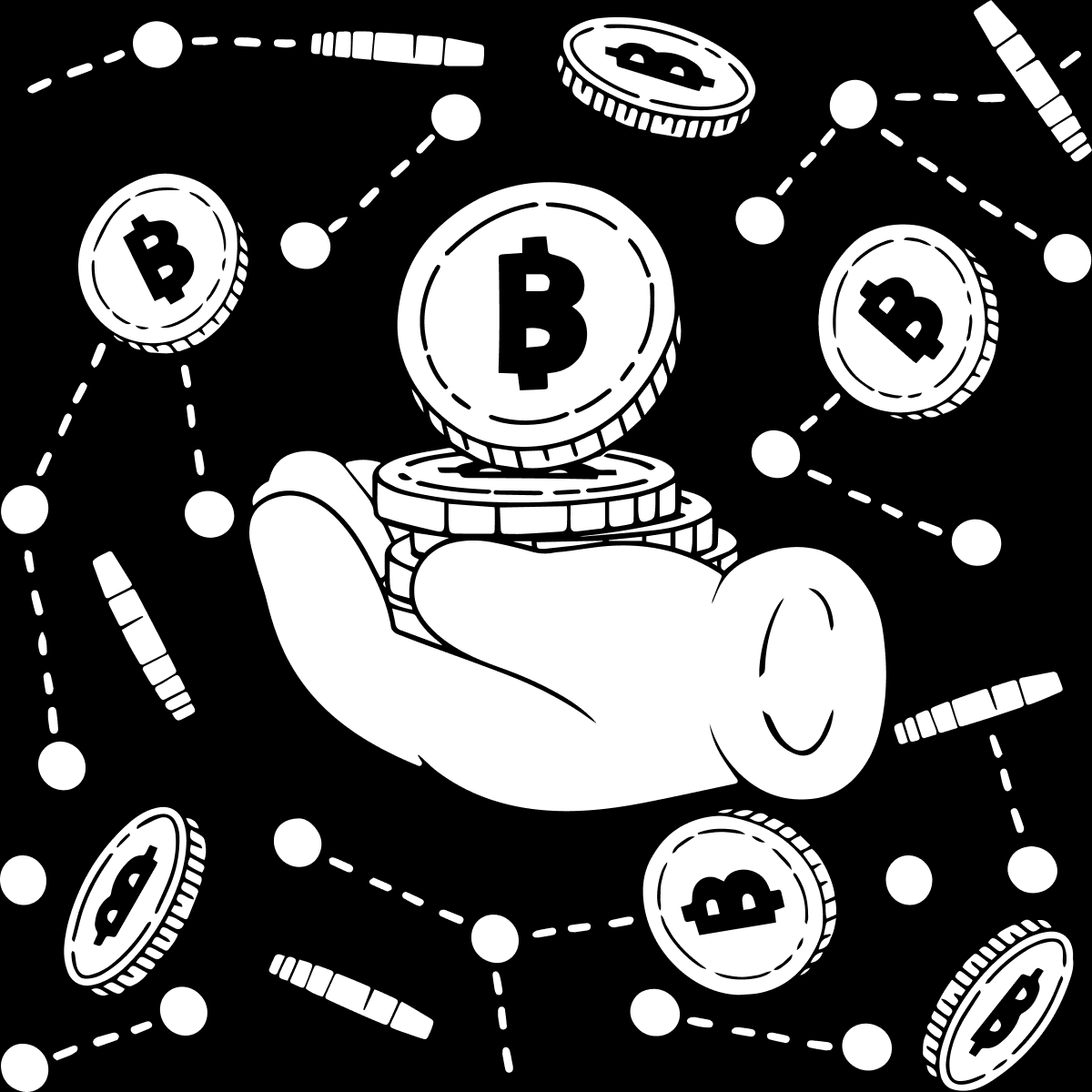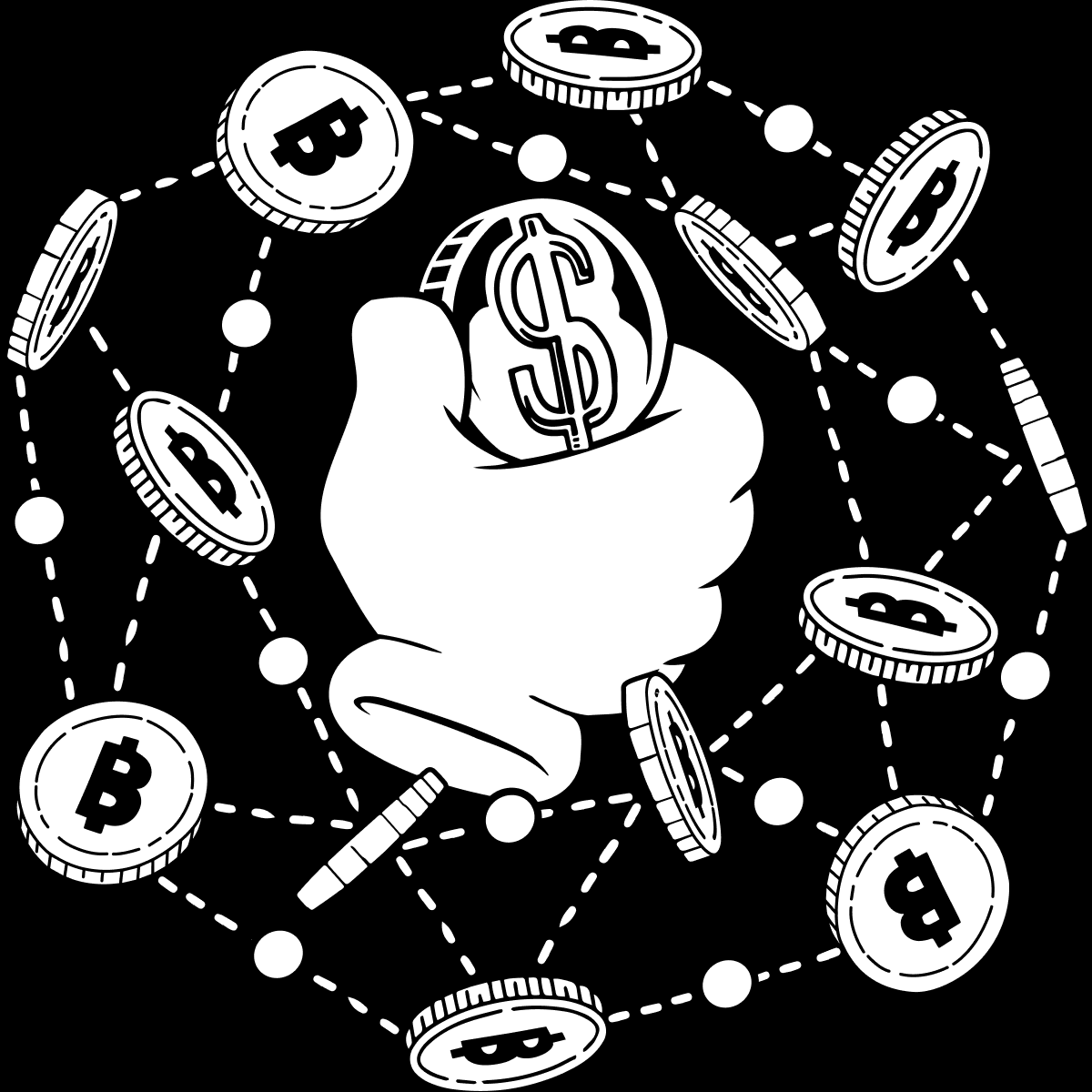What is money?
Store of value, medium of exchange, and unit of account
Money is all about value.
It serves as a tool for storing and exchanging value, allowing people to plan, cooperate, and trade. Value itself is subjective – what one person finds valuable, another may not. Yet money transforms these personal preferences into a shared language, making value tangible, transferable, and universally understood.

Money has taken many different forms throughout history: beads, cattle, metal coins, paper notes, and, more recently, digits in databases. Despite its evolving forms, money has always served three key functions:
- Store of value: Money should hold its value over time.
- Medium of exchange: Money should be accepted in exchange for goods and services.
- Unit of account: Money should provide a standard measurement of value, making it easier to compare the value of different items.
Given these functions, a common definition for money is something that has become a Generally Accepted Medium of Exchange (aka G.A.M.E.). For something to gain general acceptance, it must store value between transactions, and once accepted, it can serve as a unit of account for convenience's sake.
Store of value first, then medium of exchange, and finally unit of account.
That definition has some flaws. What if something is generally accepted in one city, but not another? What exactly does “generally” mean? 51%? Accepted by who? – Although it’s not a perfect definition, it's good enough.
Different forms of money have come and gone through the ages, sometimes taking years or decades to gain or lose general acceptance, while other times it happens suddenly. During times of economic upheaval or when a superior monetary technology is introduced, old money systems can die, while new systems take their place.
Money can be anything, it just needs to gain general acceptance.
The properties of money
To understand why certain things become money while others don’t, it helps to know the key properties that make something more or less suitable as money.
The properties which make something suitable as money can be summarized as follows:
- Durable: Money should withstand physical wear and tear.
- Fungible: Each unit of the money should be interchangeable with the next.
- Portable: Money should be movable from one place to another.
- Verifiable: Authentic units of money should be distinguishable from fake units.
- Divisible: It should be possible to subdivide the money into smaller units.
- Scarce: Money should have limitations on its supply to maintain value.
Given these properties, you can compare different things in terms of their ability to serve as money. Beads are not scarce in industrial economies, cattle are not easily portable or divisible, and iron or copper coins lack durability due to rust and oxidation. Of all the available things that can serve as money, people throughout history gravitated towards standardized gold and silver coins due to their relative robustness across all properties, with gold being the more valuable of the two because it’s more scarce.
Scarcity is of critical importance.
For money to hold value over time, it must be scarce and have some means of preserving that scarcity. Once something is accepted as money, people become incentivized to find ways to produce more of it to gain wealth. Just as with all supply-demand dynamics, when the supply of money grows while demand remains constant, the price of the money (purchasing power) drops. Excessive money supply increases causes its value to decline and incentivizes people to dispose of their holdings in favor of alternatives to preserve their value.
Gold’s scarcity is natural since there’s a limited amount on earth and it’s difficult and costly to mine. No one can print or artificially manufacture gold, so its scarcity is preserved and it holds value over time.

A brief summary on the changing forms of money
When two competing money systems meet, the one with superior properties (especially scarcity) tends to prevail over time through repeated transactions in an economy. People prefer to save and earn with a money that’s more scarce and hard to produce (aka “hard money”) since it retains value as compared to money that’s relatively easy to produce. Conversely, people prefer to dispose of (spend) and take on debts in abundant or weakning money.
Given the choice, hard money tends to outcompete "soft" money over time.
Gold’s status as a form of money lasted for millenia, largely thanks to its strong overall monetary properties, most notably its scarcity, as compared to all other alternatives. However, gold’s lack of portability in large quantities over distances led to its consolidation in banks, which issued paper notes as redeemable claims for gold, creating a “two-layer” money system. Paper money backed by gold reserves offered scalable portability, but introduced the requirement of trust that the paper was legitimately backed by real gold reserves. Over time, banks made a business of issuing paper claims in excess of the gold in their vaults, with the knowledge that not all depositors would come to withdraw their gold at once – a practice known as “fractional reserve banking”.
The advent of the telegraph in 1837 changed how money could work by allowing information to travel at lightspeed over great distances, including information relating to financial contracts and transactions. Over time, money became increasingly distant from scarce physical assets, moving towards gold-backed paper notes and eventually to claims on partial-reserves of gold that could be quickly and conveniently transacted through networks of banks.
In 1971, after decades of re-adjustments and suspensions of its gold backing, the US dollar’s redeemability for gold was completely severed, and by extension, all other major world currencies became unbacked by gold. This marked a major shift to fiat money – a money whose value isn’t backed by physical assets, but rather by “fiat” (Latin for “decree”).
To learn more, read Saifedean Ammous’ The Bitcoin Standard.
Fiat money
Fiat money is what people most commonly use as their money today–dollars, euros, yen, pesos, etc…. Fiat isn’t backed by any scarce physical asset (like gold) nor does it have any natural barrier limiting its supply (like gold mining). Its value comes from government policies and the public’s ongoing trust that it has value.
Central banks, like the Federal Reserve in the US, are at the core of the fiat money system. These institutions control the supply of fiat money by dictating monetary policy, including digitally “printing” money or adjusting interest rates to change lending levels in an economy. Over time, all fiat money supplies have been expanding to meet political or economic goals, including to bailout banks, “stimulate” economic activity, or cover government fiscal deficits.
The expansion of fiat money supplies is experienced by people as inflation – prices rising because the purchasing power of money is falling. When you see the prices of goods and services going up year over year, it’s not necessarily that the items are increasing in value or that sellers are more greedy, it’s that the money itself is losing purchasing power as its supply is expanded. Since the creation of the Federal Reserve in 1913, the US dollar has lost over 96% of its purchasing power, in large part due to policy decisions to intentionally and compoundingly expand the money supply.
The phenomenon of inflation benefits some people at the expense of others:
- Wage earners: Lose purchasing power as their income buys less over time
- Savers: Lose value as their saved money erodes
- Borrowers: Benefit from inflation as the real value of their debt decreases
- Asset owners: Benefit from inflation as the nominal value of assets like real estate and stocks rise
Unless your wages and the interest on your savings surpass the increase in the money supply, then you are being diluted. This arrangement discourages saving and earning, while incentivizes taking on more debts or making ever-riskier investments than people would otherwise make. As the rate of expansion increases, these trends are magnified.
With many governments facing high debt, large spending, and fiscal deficits, there’s a growing risk of increased money supply expansion via money printing to cover ever-growing government financial needs. As the supply of fiat money increases at an accelerating pace, its scarcity erodes, and along with it the purchasing power of all savers and earners. This trend could lead to yet another shift in what is considered money.
Bitcoin was launched in 2009 as a peer-to-peer electronic cash system – a form of money that can be transacted globally without banks as intermediaries, and which has an absolutely scarce supply limit backed by a globally distributed network of self-interested node operators. Learn more about Bitcoin as money here.
© 2025 NMLS ID 1902919 (Zap Solutions, Inc.)